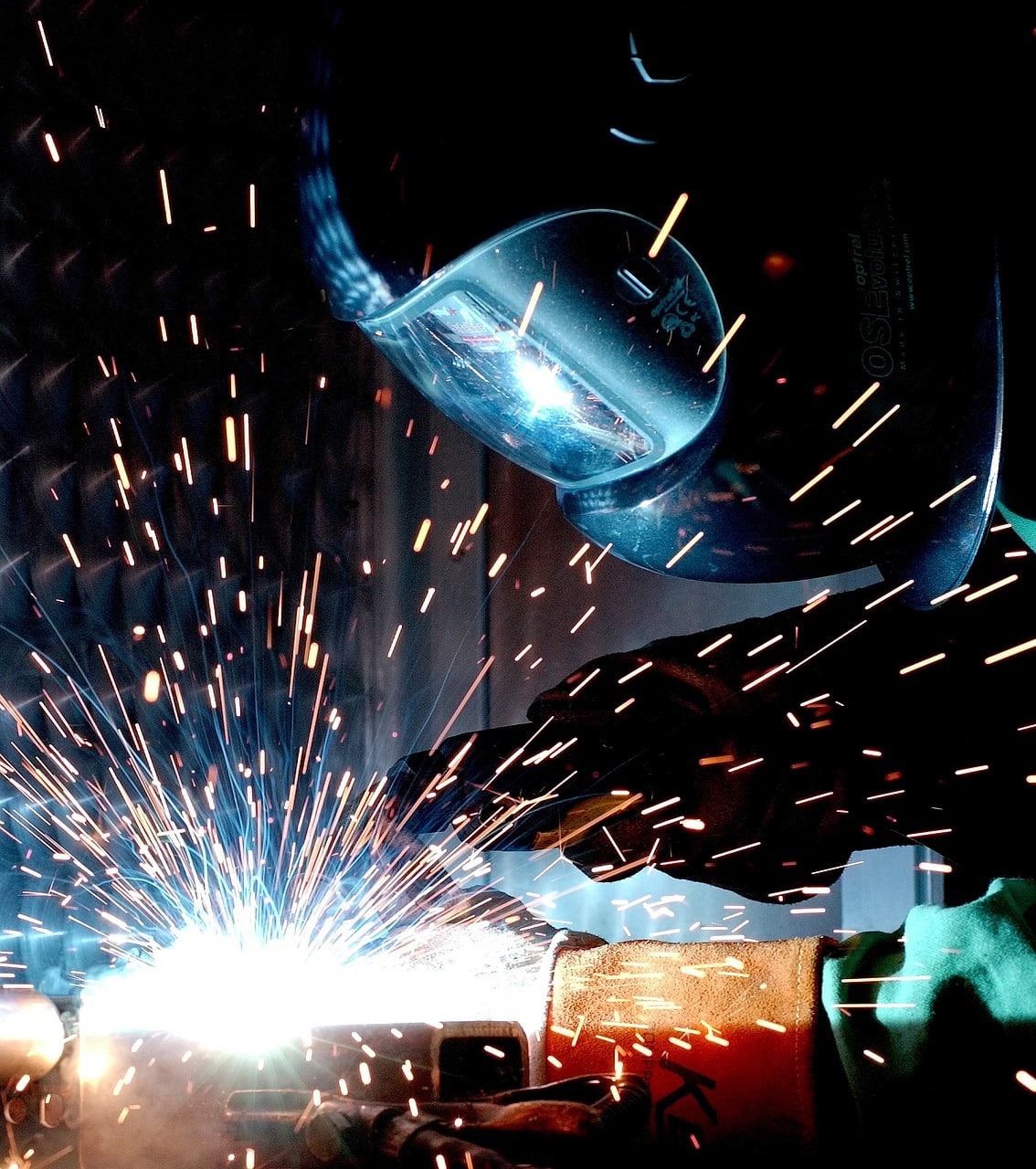When it comes to ensuring worker safety in hazardous environments, choosing the right flame-resistant (FR) garment is critical. Whether you’re an HSE manager or a procurement professional, selecting FR clothing that meets your industry’s unique safety requirements can significantly impact the well-being of your team and compliance with safety standards.
At Harbor365, we understand the complexities involved in making this decision. Here’s a comprehensive guide to help you choose the best FR garments tailored to your specific needs.
Step 1: Assess Workplace Hazards
The first step in selecting the right FR garment is to conduct a detailed hazard assessment of your workplace. Identify the specific risks your employees face, such as:
- Fire and Flame Exposure: Common in Oil & Gas, chemical, and welding industries.
- Arc Flash Hazards: Critical for electrical utilities and renewable energy sectors.
- Molten Metal Splashes: A significant concern for foundry and metalworking environments.
- Chemical Splashes: Relevant in chemical processing and laboratory settings.
Understanding these hazards will help you determine the level of protection required, including applicable safety standards like EN ISO 11612, NFPA 2112, and IEC 61482.
Step 2: Understand Industry Standards
FR garments are designed to meet specific safety standards based on industry requirements. Familiarize yourself with the certifications relevant to your sector:
- EN ISO 11612: For protection against heat and flame hazards.
- NFPA 2112: For Oil & Gas industries, ensuring garments reduce burn injuries.
- IEC 61482: Protection against arc flash hazards.
- EN ISO 11611: Suitable for welding and allied processes.
- EN 1149-5: For garments with anti-static properties.
Ensure that the garments you select are certified to meet the standards required for your workplace hazards.
Step 3: Consider Multi-Hazard Protection
Many industries face overlapping risks, such as heat, flame, and arc flash. Multi-norm garments that comply with multiple safety standards can provide comprehensive protection. For example, Harbor365’s multi-norm range offers dual protection against arc flash and flash fire hazards, making it an ideal choice for high-risk environments.
Step 4: Prioritize Comfort and Fit
Comfort and mobility are just as important as safety. Workers are more likely to wear protective clothing consistently if it fits well and allows them to move freely. Look for garments that feature:
- Ergonomic Designs: Tailored fits for maximum mobility.
- Lightweight Fabrics: To reduce heat stress during prolonged wear.
- Breathable Materials: To ensure comfort in challenging conditions.
Step 5: Evaluate Durability and Maintenance
FR garments should withstand the rigors of the workplace while maintaining their protective properties over time. When evaluating durability, consider:
- Fabric Strength: Garments made from advanced blends like aramid ensure longevity.
- Washability: Ensure garments retain their flame-resistant properties after repeated laundering.
- Resistance to Wear and Tear: Reinforced stitching and high-quality construction enhance durability.
Step 6: Explore Customization Options
Every workplace is unique, and customized FR garments can address specific needs. Harbor365’s Studio offers bespoke solutions, such as:
- Company Branding: Adding logos or colors specific to your organization.
- Specialized Designs: Garments tailored for unique tasks or hazards.
- Custom Sizing: Ensuring the right fit for every team member.
Step 7: Partner with a Trusted Provider
Choosing the right supplier is just as important as selecting the garments. Partner with a brand like Harbor365 that:
- Meets Global Standards: Ensures compliance with industry-specific certifications.
- Provides Expert Guidance: Offers technical support to help you make informed decisions.
- Delivers Quality Assurance: Conducts rigorous testing for reliability and safety.
Step 8: Train Your Workforce
Even the best FR garments are ineffective if not used correctly. Provide training on:
- Proper Usage: How to wear and adjust FR clothing for maximum protection.
- Maintenance: Guidelines for washing and inspecting garments to ensure ongoing safety.
- Replacement: Recognizing when a garment needs to be retired.
Conclusion
Selecting the right FR garment for your industry is not just a purchase decision—it’s an investment in safety, productivity, and compliance. By assessing hazards, understanding standards, and prioritizing comfort and durability, you can ensure your team is protected in every situation.
At Harbor365, we’re here to help you navigate this critical decision. Explore our range of flame-resistant clothing and discover why businesses worldwide trust us for their safety needs.
Contact us today to learn more about how we can protect your workforce.







